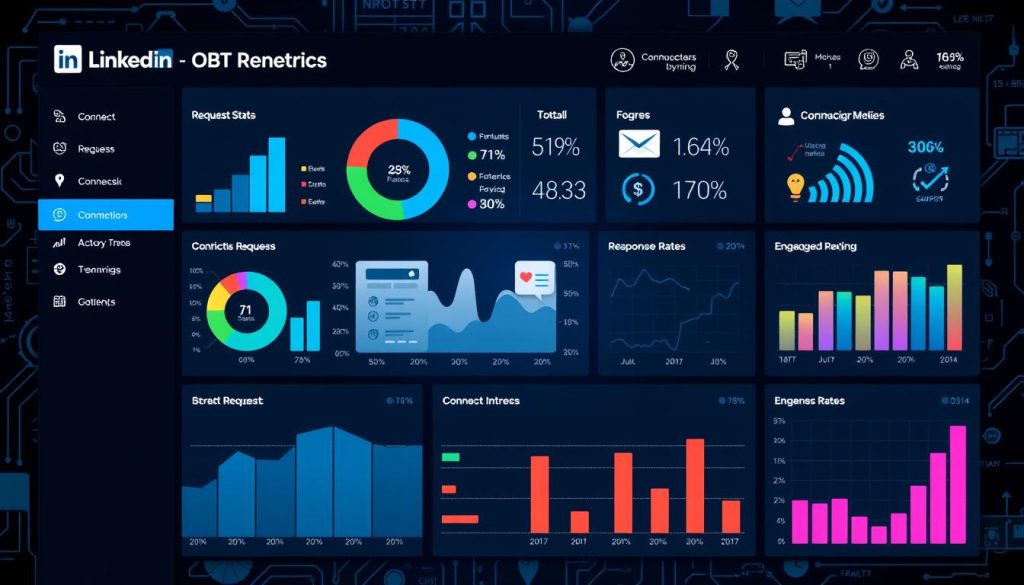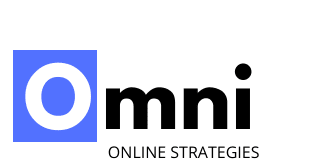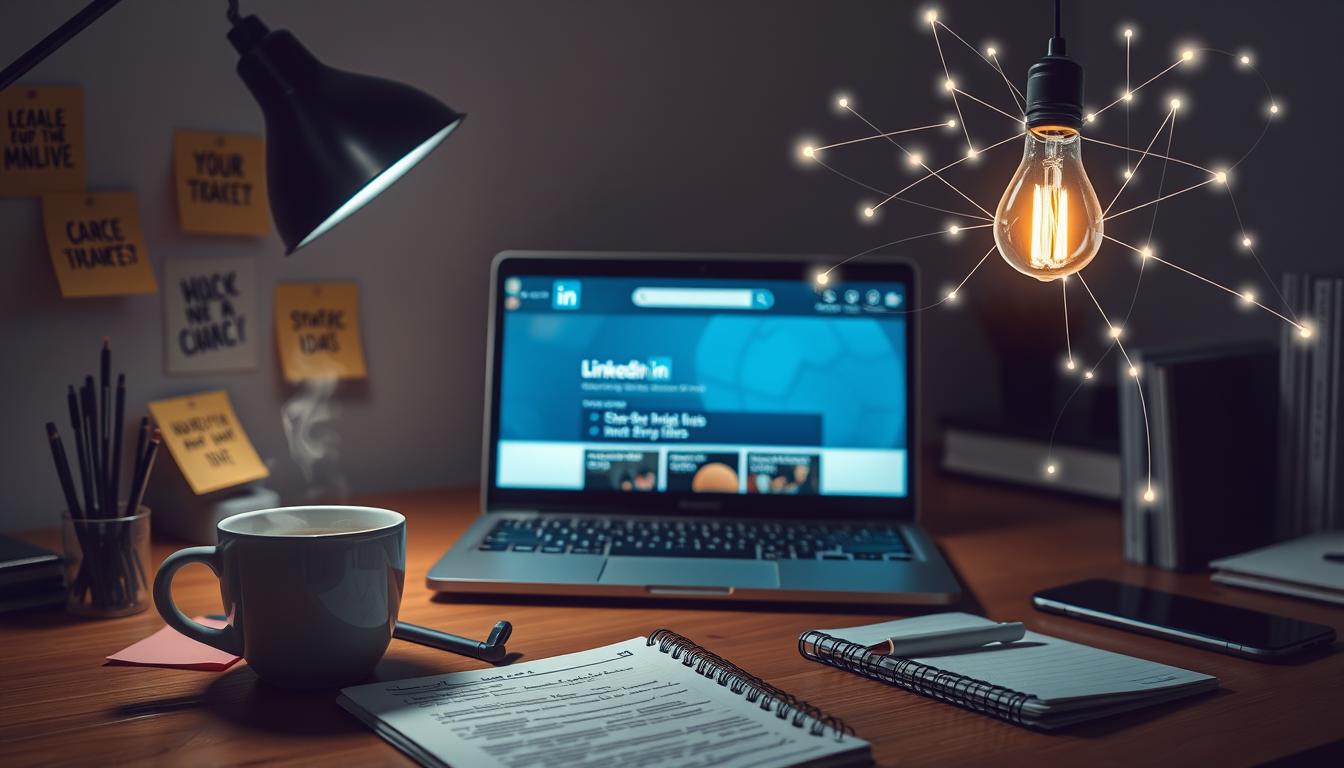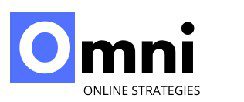LinkedIn cold outreach is a key tool for making professional connections and finding business opportunities. But, it’s not just about sending messages. It’s about understanding what makes people want to respond.
So, what makes someone reply to a cold message on LinkedIn? By looking into how people react to these messages, we can make our outreach better. This helps us connect with our audience in a more meaningful way.
This article will explore the psychology behind successful LinkedIn cold outreach. We’ll talk about how personalization, professional branding, social proof, and scarcity can make a difference. By knowing how people think and behave, we can make our outreach efforts more effective.
Key Takeaways
- Personalization is key in making a positive first impression and encouraging responses to cold outreach.
- Leveraging professional branding and a strong personal profile can significantly impact the success of LinkedIn outreach.
- Social proof and creating a sense of scarcity or urgency in messaging can be powerful behavioral triggers for responses.
- Timing and understanding the target audience’s preferences are crucial factors in maximizing the effectiveness of cold outreach efforts.
- Building long-term relationships through valuable content and thoughtful follow-ups can lead to higher response rates over time.
Understanding Cold Outreach on LinkedIn
Getting good at cold outreach on LinkedIn takes strategy. Making your messages personal is crucial for building a emotional connection on LinkedIn. This way, you show you really care and get what they need.
The Importance of Personalization
For cold outreach to work on LinkedIn, your messages must be tailored. Don’t use the same message for everyone. Learn about each person’s background, interests, and challenges. This shows you’ve put effort into understanding them and triggers the right response triggers for LinkedIn outreach.
The Role of Professional Branding
Having a strong professional brand on LinkedIn is also key. Your profile should highlight your skills, achievements, and what makes you special. A good headline, a real profile picture, and a compelling summary make you look professional and trustworthy. This makes you more appealing to potential leads.
Differentiating Between Connections and Cold Leads
It’s important to know the difference between connections and cold leads on LinkedIn. Messages to connections can be more casual, but cold outreach needs to be formal. Tailoring your messages and approach can lead to better responses and stronger relationships with your audience.
“Personalization is the key to building an emotional connection and driving engagement on LinkedIn.”
The Science Behind First Impressions
In the world of LinkedIn, first impressions are key. Your profile picture and headline are what grab people’s attention. They decide if they want to connect with you or not.
The Impact of Profile Pictures
Your profile picture is the first thing people see. It tells them a lot about you, like your professionalism and personality. A good headshot can make a strong first impression and open doors for more interactions.
The Power of a Strong Headline
Your headline is what grabs people’s interest after they see your picture. It should clearly show what makes you special. A good headline can make people want to learn more about you and start a conversation.
“Your profile picture and headline are the visual and textual cues that shape how others perceive you, ultimately influencing their decision to engage or dismiss your Behavioral targeting on LinkedIn.”
Knowing how to make a good first impression on LinkedIn is important. It helps you connect with the right people and find new opportunities. By optimizing your profile, you can make a lasting impression and build strong professional relationships.
Crafting the Perfect Message
When you’re doing cold outreach on LinkedIn, what you say matters a lot. You need to think about what will get people to respond. The right mix of formality and friendliness can grab someone’s attention.
Key Elements of an Effective Outreach Message
- Personalization: Make your message special for each person, mentioning their background or recent LinkedIn activity.
- Clear value proposition: Tell them how you can help or how your product/service can benefit them.
- Specific call-to-action: Give them a clear next step, like scheduling a call or meeting.
The Role of Tone and Language
The tone and language in your message are key. A friendly tone can build rapport and make them feel important. Stay away from too formal or salesy language. Instead, aim for a friendly, professional vibe that speaks to your audience.
Balancing Formality with Friendliness
It’s important to find the right balance between being professional and friendly. Being too formal can turn people off. But, adding a personal touch and showing real interest can make a big difference.
“The key to crafting a perfect LinkedIn outreach message is to strike a balance between professionalism and personalization. It’s about building a genuine connection and providing genuine value.”
Behavioral Triggers That Encourage Responses
In LinkedIn outreach, knowing what makes people respond is key. Two big factors are social proof and scarcity.
Social Proof and Its Influence
Using social proof can boost your credibility. Show off your achievements and industry awards. Also, mention endorsements from respected colleagues. This shows you’re an expert and builds trust.
With this trust, people are more likely to respond positively to your messages.
Scarcity: Creating Urgency in Messaging
Creating a sense of scarcity in your messages is also effective. Mention limited opportunities or special offers. This makes people feel they need to act fast.
This urgency can motivate your audience to check out what you’re offering.
By using these triggers, you can make your LinkedIn messages more impactful. This increases your chances of getting valuable connections and responses.
Timing is Everything
Timing is key in LinkedIn outreach. A great message is important, but knowing when to send it is crucial. Let’s look at the best times to connect and how weekdays compare to weekends for outreach success.
Finding the Optimal Time to Send Connection Requests
Timing your LinkedIn connection requests is an art. Research shows Tuesdays to Thursdays are the best times. People are usually more active and open to new connections during these days.
The Weekday Advantage for LinkedIn Outreach
Weekdays are better for LinkedIn outreach. People are more likely to accept new connections and messages when they’re at work. Weekends are less busy, making your outreach harder to notice.
| Metric | Weekdays | Weekends |
|---|---|---|
| Connection Request Acceptance Rate | 40% | 25% |
| Response Rate to Messages | 35% | 20% |
| Click-Through Rate on Shared Content | 28% | 15% |
The data shows a big advantage for behavioral targeting on LinkedIn during weekdays. People are more active and open to response triggers for LinkedIn outreach then.
By timing your LinkedIn outreach right, you can grab your audience’s attention. This can lead to more meaningful connections.
Understanding Your Audience
To make LinkedIn outreach work, you need to know your audience well. Segment your connections and learn about their interests and needs. This way, you can send messages that really connect with them on a deeper emotional level. It’s a great way to improve Behavioral targeting on LinkedIn and build real emotional connection on LinkedIn.
Segmenting Your Target Connections
Start by dividing your LinkedIn contacts into groups. Look at things like:
- Industry
- Job title
- Company size
- Geographical location
- Shared interests or pain points
Segmenting this way lets you customize your messages. You can address the unique needs and likes of each group.
Researching Prospect Interests and Needs
After segmenting, dig into what your contacts are interested in. Learn about their work, industry trends, and any challenges they face. This research helps you establish a genuine connection and show you get what they need.
| Prospect Interests | Prospect Needs |
|---|---|
| Industry-specific news and developments | Solutions to streamline workflows |
| Professional development opportunities | Networking with industry peers |
| Work-life balance and productivity tips | Insights to drive business growth |
When you match your outreach to what your prospects care about, you build a strong emotional connection on LinkedIn. This makes them more likely to respond positively to your Behavioral targeting on LinkedIn efforts.

Building Relationships Over Time
Creating a strong LinkedIn outreach strategy is more than just making a first connection. It’s about growing those relationships over time. This builds an emotional connection on LinkedIn that leads to real business opportunities.
Following Up Without Being Pushy
To keep a good relationship with your LinkedIn connections, follow up in a thoughtful way. Don’t send too many messages or pushy sales pitches. Instead, show real value and care about their work and thoughts.
- Congratulate them on professional milestones or achievements
- Ask thought-provoking questions about their industry or areas of expertise
- Share relevant articles or resources that align with their interests
- Engage with their posts and comments to show your engagement
Sharing Valuable Content to Engage
Sharing great, informative content is a strong way to keep your connections interested. By being seen as a trusted source, you start meaningful conversations and build strong relationships.
- Curate and share articles, videos, or podcasts that address your connections’ pain points or professional interests
- Offer your own unique perspectives and thought leadership through original content
- Collaborate with industry peers to co-create valuable resources
- Engage with your connections’ content and encourage them to share their own insights
The real success in LinkedIn outreach isn’t just the first connection. It’s about caring for those relationships over time. By following up well and sharing valuable content, you become a reliable partner. This opens doors to new chances for working together and growing.
Measuring Response and Success Rates
Starting your LinkedIn outreach journey means tracking your progress and seeing how well it works. By looking at important metrics, you learn what’s effective and what needs improvement. This helps you get better at response triggers for LinkedIn outreach and behavioral targeting on LinkedIn.
Key Metrics to Track Outreach Effectiveness
- Connection request acceptance rate: This shows how many people accept your connection requests. It tells you if you’re grabbing the right audience’s attention.
- Message response rate: Seeing how many people reply to your messages helps you find the best content and personal touches.
- Conversion rate: Count how many connections lead to real conversations, meetings, or business deals. This shows if your outreach is successful.
- Engagement rate: Watch how many likes, comments, and shares your messages and content get. It shows if you’re adding value to your network.
Tools for Analyzing LinkedIn Engagement
To improve your LinkedIn outreach, use tools that give you detailed insights. Platforms like LinkedIn Analytics, Dux-Soup, and Octopus CRM offer deep analytics. They help you track, measure, and boost your LinkedIn engagement.
| Tool | Key Features | Pricing |
|---|---|---|
| LinkedIn Analytics |
|
Free with LinkedIn Premium subscription |
| Dux-Soup |
|
Starts at $29/month |
| Octopus CRM |
|
Starts at $49/month |
By focusing on the right metrics and using data tools, you understand your LinkedIn outreach better. This lets you make smart choices and keep improving your strategies for the best results.

Best Practices for Continuous Improvement
Success in LinkedIn cold outreach comes from constant improvement. By learning from feedback and responses, you can make your strategies better. Watching how people engage with your messages helps you reach your goals.
Learning from Feedback and Responses
Listening to what people say back is crucial. It shows you what works and what doesn’t. This way, you can make your messages more effective and connect better with your audience.
Adapting Strategies for Different Industries
Every industry is different, and your outreach should match. What works for one might not work for another. So, keep up with trends and adjust your approach to stay effective.
FAQ
What are the key factors that influence people’s decisions to respond to LinkedIn connection requests and messages?
Many things affect whether someone responds to LinkedIn messages. These include how well you know them, your professional image, and how you connect emotionally. The impression you make with your message and profile matters a lot.
Why is personalization so important in LinkedIn cold outreach?
Personalizing your messages shows you care about the person you’re reaching out to. It means you’ve taken the time to learn about them. This makes your message more likely to get a positive response.
How can a strong professional brand on LinkedIn impact the effectiveness of cold outreach?
A strong professional brand on LinkedIn can make a big difference. A well-presented profile and valuable content can build trust. This increases the chance of a successful outreach.
What is the difference between connecting with existing contacts and reaching out to cold leads on LinkedIn?
Connecting with people you already know is different from reaching out to strangers. People you know may be more open to your messages. But strangers might be more cautious. Knowing this helps you tailor your approach better.
How do profile pictures and headlines impact first impressions on LinkedIn?
Your profile picture and headline are key to making a good first impression. A professional picture and a clear headline can greatly influence how others see you. This can encourage them to engage with your outreach.
What are the key elements of an effective LinkedIn outreach message?
Good LinkedIn messages are personalized, clear, and have a call-to-action. They should be friendly but professional. Finding the right balance is key to getting a positive response.
How can social proof and scarcity tactics be leveraged in LinkedIn outreach?
Using social proof, like endorsements, can make you more credible. Creating a sense of urgency can also work. It makes people more likely to respond quickly, seeing your offer as timely.
What are the best times and days to send LinkedIn connection requests and messages?
The best times to send messages are usually during the week. Tuesdays, Wednesdays, and Thursdays get the most responses. Avoid weekends and late evenings for better results.
How can you effectively segment your target audience on LinkedIn for more personalized outreach?
Segmenting your audience means grouping people by industry, job, or interests. This lets you tailor your messages to each group. It makes your outreach more effective.
How can you build long-term relationships with connections on LinkedIn through your outreach efforts?
Building lasting relationships on LinkedIn takes effort. Send updates, share valuable content, and start meaningful conversations. This builds trust and opens doors to future collaborations.
What are some key metrics to track the effectiveness of your LinkedIn outreach campaigns?
Track metrics like how many people accept your requests and respond to your messages. Also, look at click-through and conversion rates. This helps you see what works and improve your strategy.


